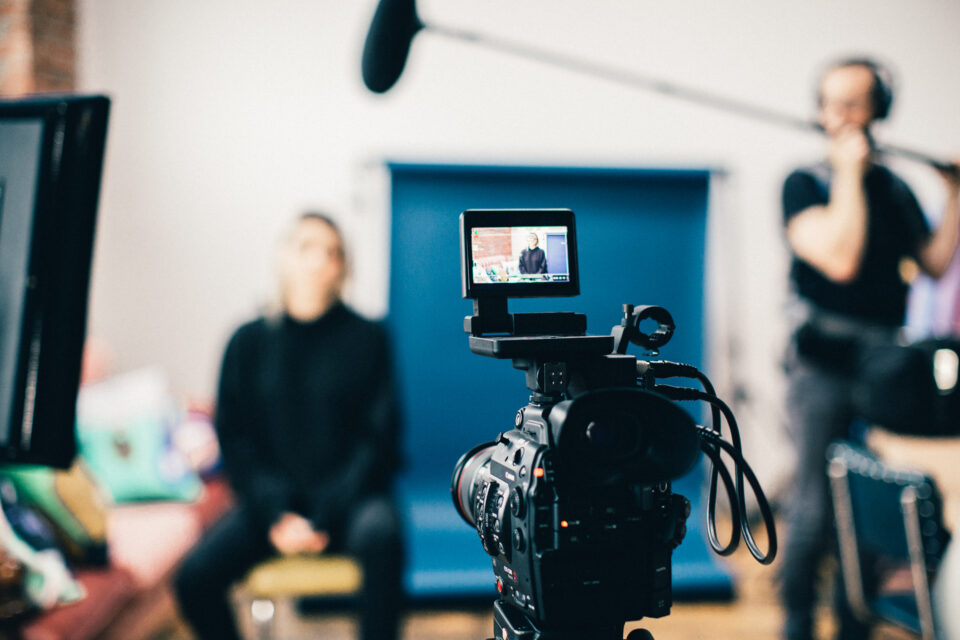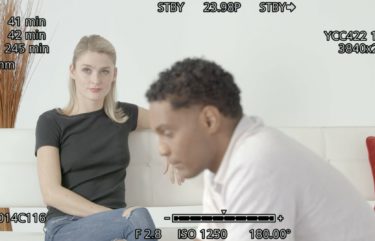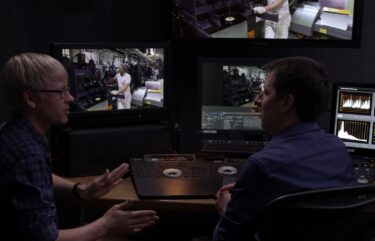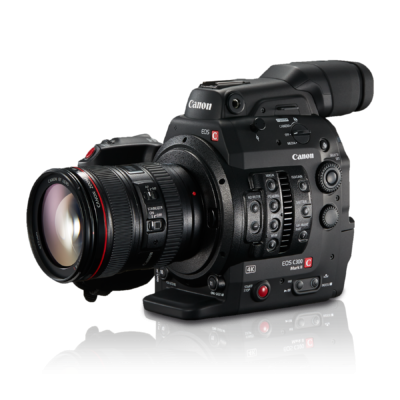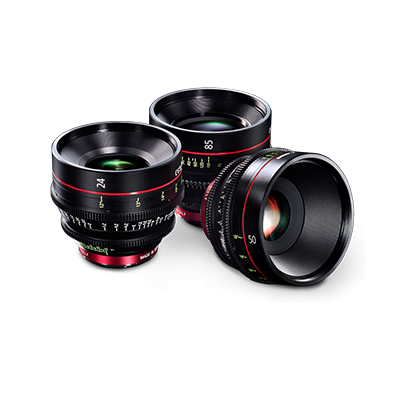Shoot your shot: 5 ways creators make the most of every frame
What’s the difference between the folksy paintings in your grandma’s living room and the masterpieces at the Guggenheim? Both may be beautiful to look at; what elevates the latter is that, among other things, they tell a story. That’s what the best artists do, regardless of medium. It’s certainly how the world’s top directors of photography (a.k.a. cinematographers) see their place in the filmmaking process. They create the visual language through which a story is conveyed. Here are five essential ways they do it:
They’re thoughtful composers
How each shot of a movie is composed is the foundation of cinematography, dictating what viewers see, and more importantly how they see it. The best directors of photography consider every frame: What’s the main subject of the shot? Is that subject best shown from a distance, at medium length, or close up? Is the rest of the frame sparse, claustrophobic, or meticulously arranged? Composition establishes spatial relationships between characters and objects on screen. How the viewer interprets these relationships fundamentally influences their interpretation of the story.

Cinematographer Robert Yeoman is responsible for the studiously symmetrical visuals of The Royal Tenenbaums and other Wes Anderson films.
They go deep
A DoP’s manipulation of depth creates the illusion that a flat image has three-dimensional properties. It’s also another tactic for directing the audience’s gaze. Shallow depth of field immediately tells viewers that, yes, this is the most important thing on screen—while background blur, colour gradations and bokeh add to the ambience. But the storytelling palette expands when a cinematographer works with more layers of depth. Gregg Toland’s pioneering work on Citizen Kane and The Grapes of Wrath remains a gold standard when it comes to going “deeper” to tell a multifaceted visual story.
They love their lenses
A DoP’s choice of camera is the major technical determinant of how a movie looks. More specifically, camera lenses govern her ability to get exactly the shot she wants. So it’s worth being particular about them. Watch enough films and you’ll notice that zooming in and out is pretty rare. That’s because those kinds of camera moves are artificial (the human eye can’t zoom) and a bit clichéd. It’s also because zoom lenses are noticeably less sharp than fixed-focal-length prime lenses. Most pros, therefore, assemble a kit of primes for standard shot types—a 14mm for ultra-wide shots, up to 35mm for wide shots, 50mm for medium shots, and 85 to 135mm for close-ups—and augment that collection depending on their specific needs.
They experiment with light
Nowadays, there’s a light for every possible cinematographic scenario. Powerful Hydrargyrum Medium-Arc Iodide (HMI) lights are the standard for on-set filming, but tungsten, fluorescent and LED bulbs are also used to influence, among other things, how harshly or softly a scene is illuminated. Vanguard DoPs also experiment with light placement to affect the depth of a shot, and, of course, where the eye is drawn. With the advent of high-performance (often digital) cameras and lenses, it’s also become trendy to rely on available light: sconces in a bedroom; streetlamps and office-tower lights in urban environments; sunlight shining through a forest canopy.

In Miami Vice, Dion Beebe achieved a level of gritty realism with ambient, “urban” light sources.
They always consider colour
A cinematographer’s lighting arsenal also determines colour temperature, which in turn can have a significant effect on the overall mood of a scene (or entire film). Steven Soderbergh—acting as his own DoP—notably employed three unique colour treatments to both distinguish and amplify the storylines in Traffic. In practical terms, getting these results means choosing lights based on their level of Kelvin (K), the measurement for colour temperature. Tungsten bulbs, for example, produce a warm, orange hue, whereas HMI bulbs more closely mimic bright daylight. Fluorescents and LEDs come in a range of temperatures and intensities. Of course it’s also possible to add a gel filter to any light source in order to affect its colour.


